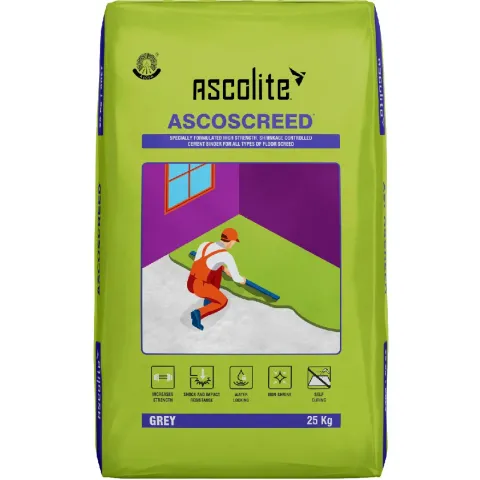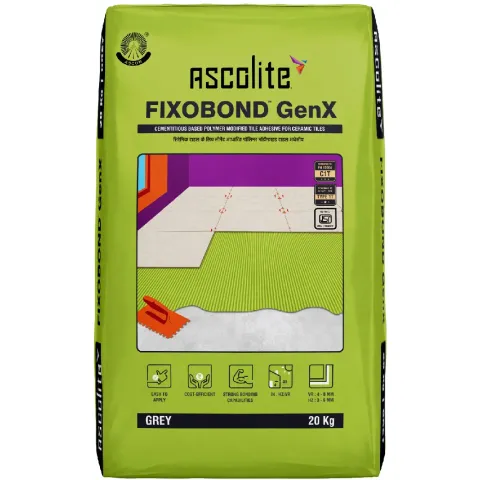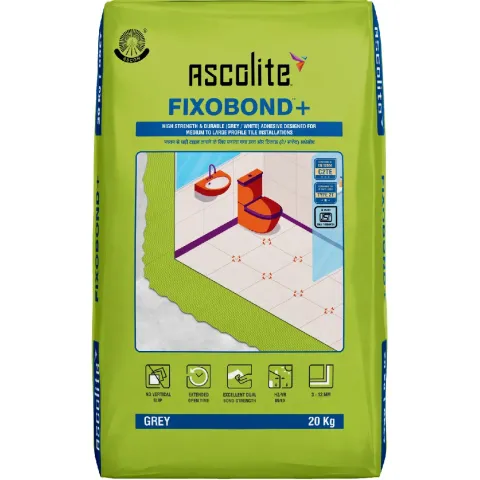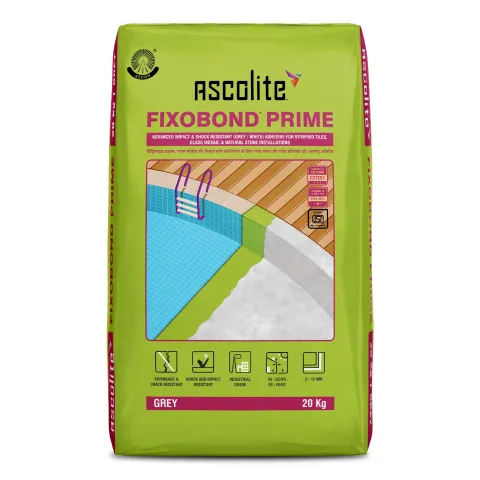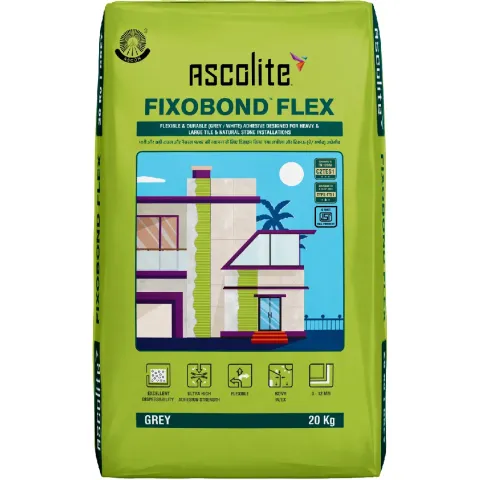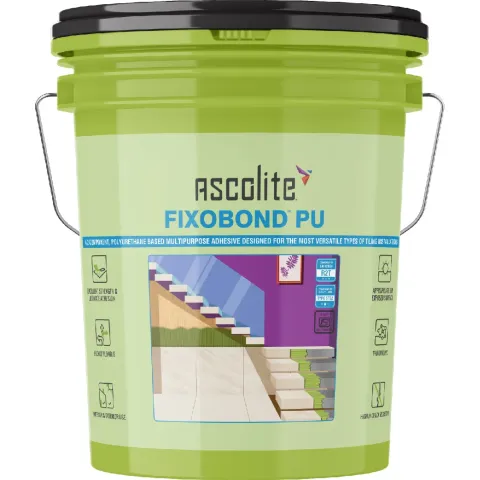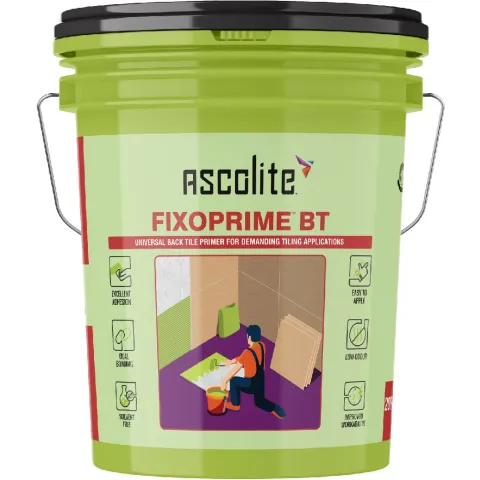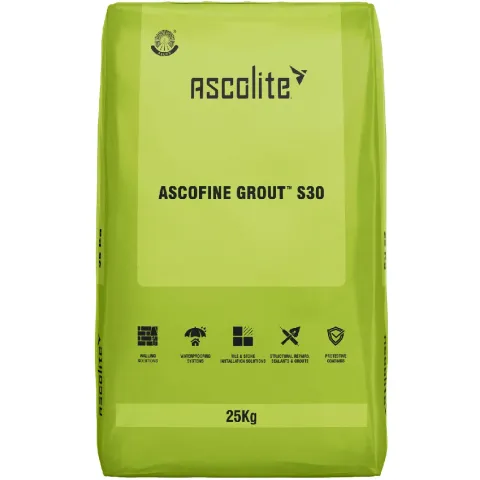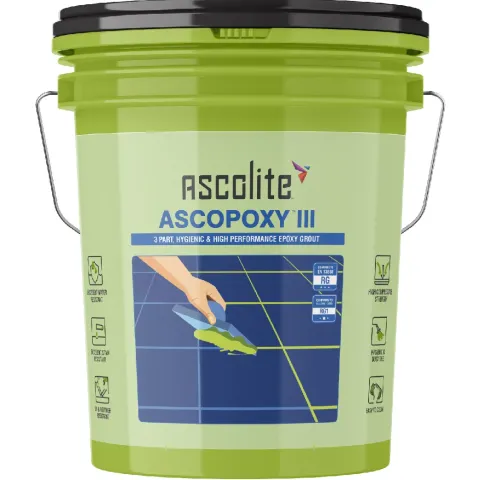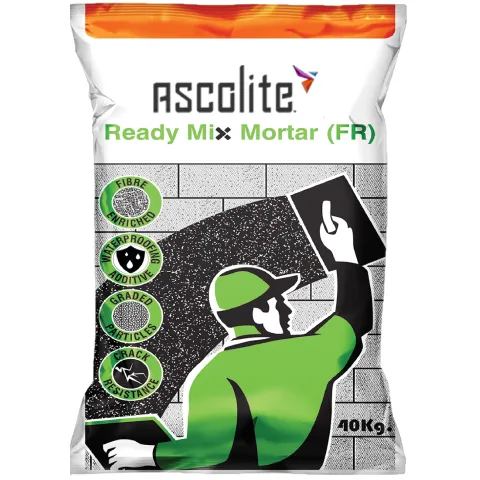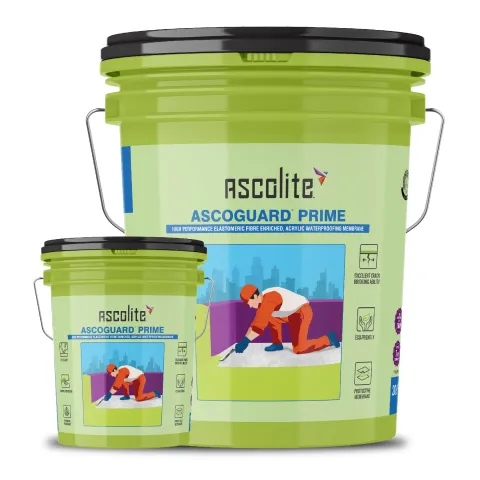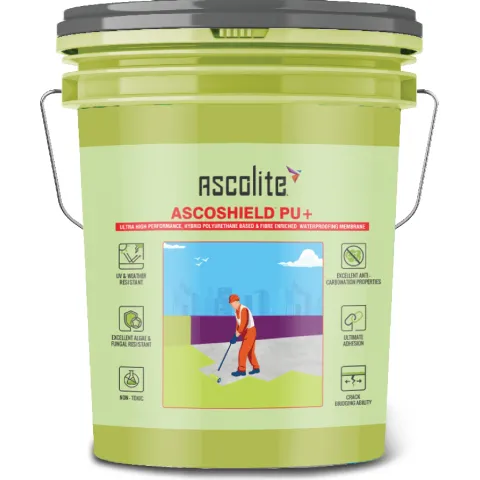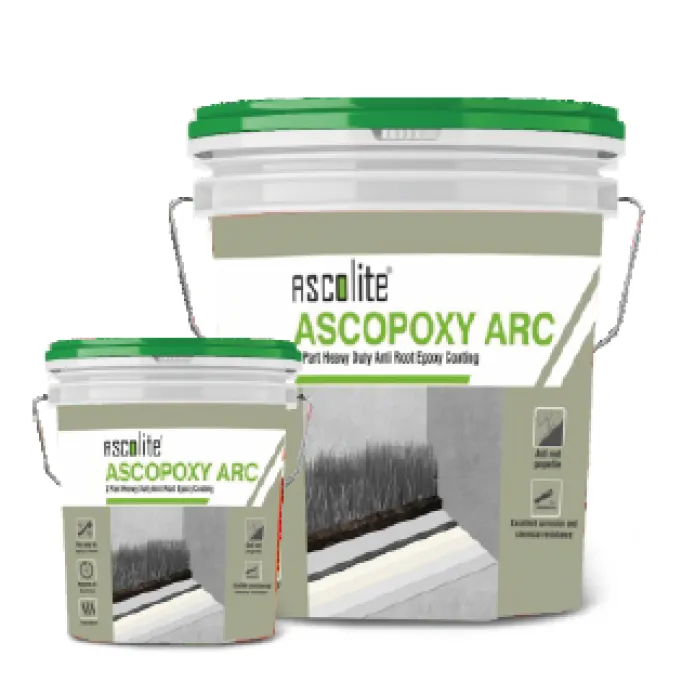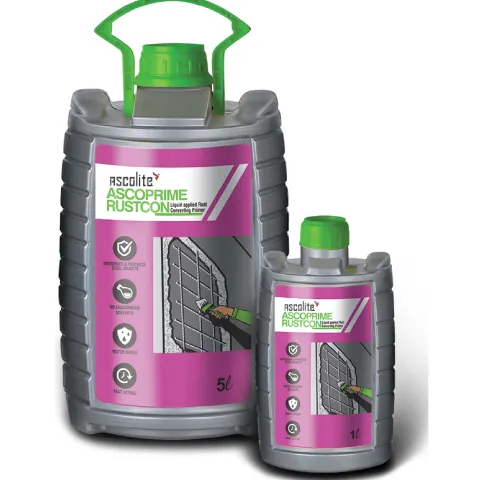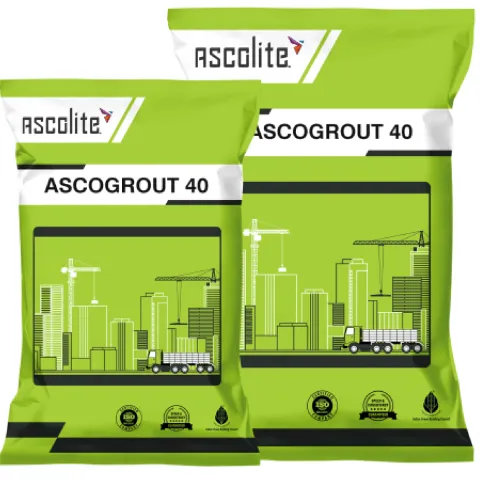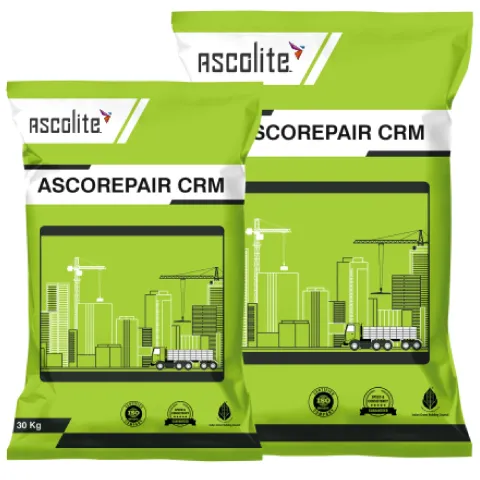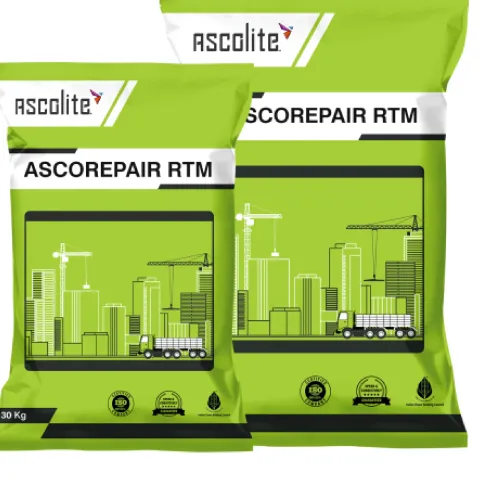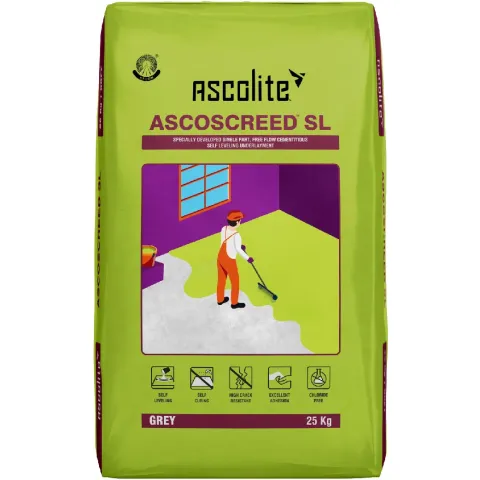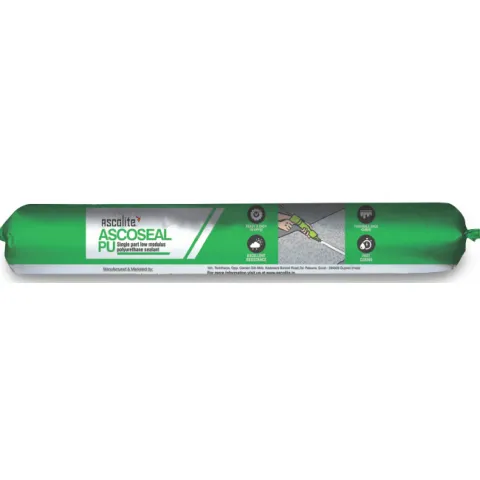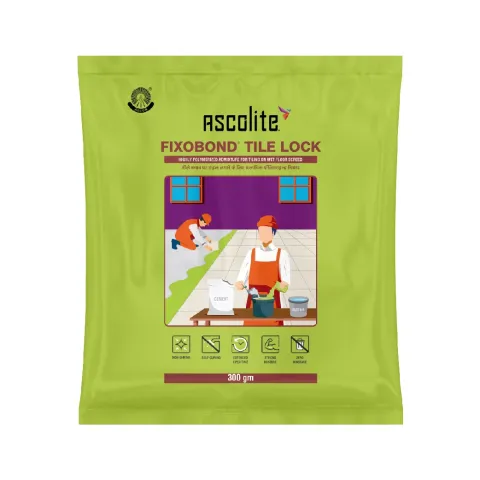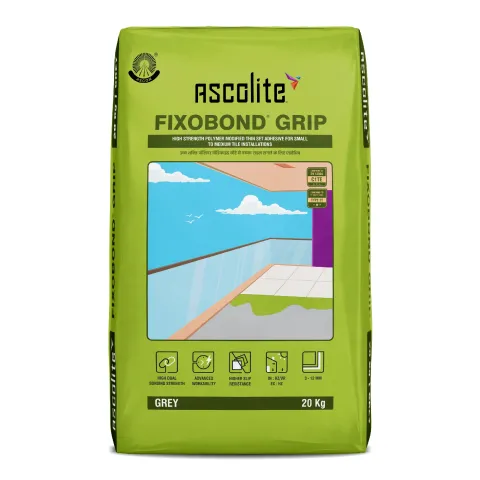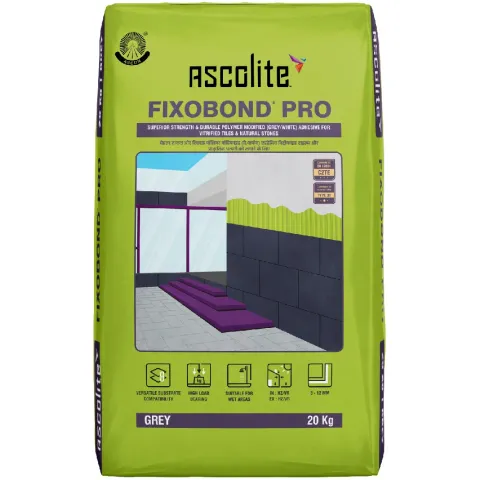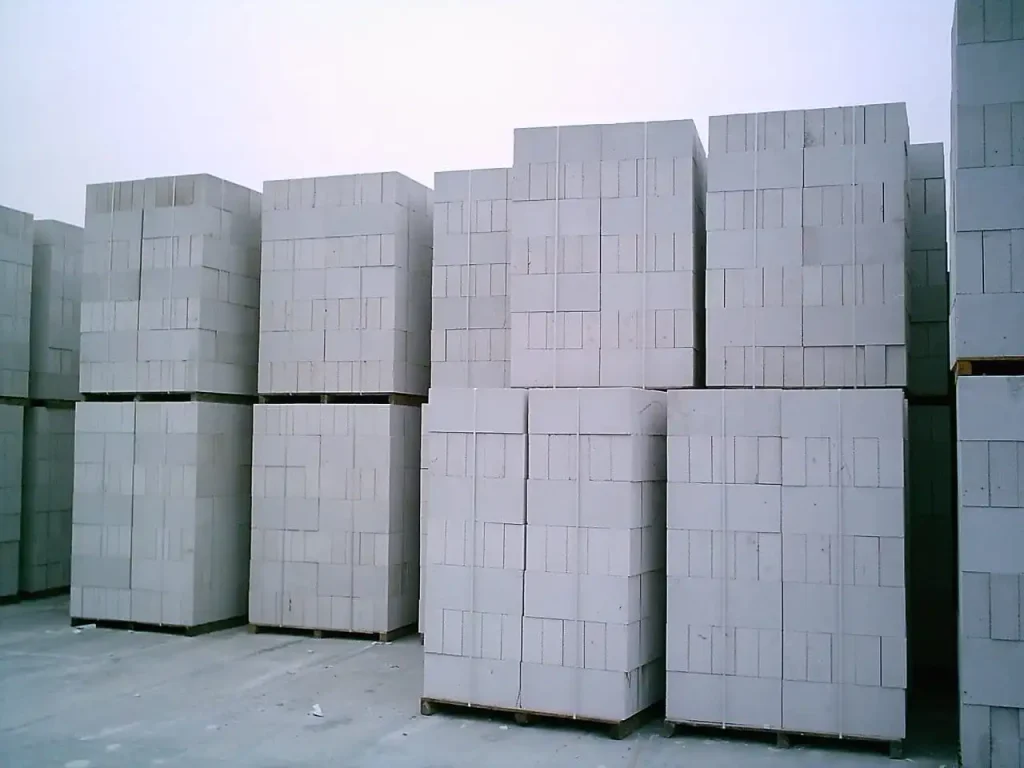
Proper Storage of AAC Blocks on Project Sites: Best Practices for Quality & Durability
September 9, 2024
Proper storage of AAC (Autoclaved Aerated Concrete) blocks on a project site is crucial for maintaining their quality and ensuring effective use during construction. Whether it’s preventing moisture absorption or avoiding structural damage, understanding how to store AAC blocks properly can save time, reduce waste, and enhance overall performance.
Choose a Dry, Covered Area
- Protection from Moisture: Store AAC blocks in a dry, covered area to protect them from rain, humidity, or excessive moisture, which can compromise their structural integrity and bonding properties.
- Shade from Direct Sunlight: Keep the blocks in a shaded area to prevent intense sunlight exposure, which can lead to temperature-induced expansion or warping.
Use Pallets and Stacking Techniques
- Elevate the Blocks: Place AAC blocks on pallets or wooden platforms to keep them off the ground. This prevents moisture from the soil or concrete from seeping into the blocks and causing damage.
- Proper Stacking: Stack the blocks in an orderly manner, ensuring they are aligned and not over-stacked. Typically, a maximum of 5–6 layers is recommended to avoid crushing the lower blocks.
Maintain Ventilation
- Airflow: Ensure the storage area has adequate ventilation to allow air circulation around the AAC blocks. Proper airflow helps prevent moisture buildup and preserves the blocks’ condition.
Protect from Environmental Factors
- Cover the Blocks: Use tarps or covers to shield AAC blocks from rain, snow, or other adverse weather conditions. Ensure the cover is secure yet allows for ventilation to avoid condensation buildup.
Inspect Regularly
- Routine Checks: Regularly inspect the stored AAC blocks for signs of cracks or moisture absorption. Addressing these issues promptly prevents damaged blocks from being used in construction.
Follow Manufacturer Guidelines
- Storage Instructions: Always follow storage instructions provided by the AAC block Specific recommendations can help maintain optimal performance.
Avoid Heavy Loads
- Minimize Stress: Never place heavy materials or equipment on top of stacked AAC blocks. Excessive weight can lead to deformation or cracks.
Handle with Care
- Prevent Damage: Handle AAC blocks carefully during transport and storage to avoid chipping or cracking. Use appropriate lifting tools and avoid dropping or knocking the blocks.
Why Choose Ascolite AAC Blocks?
Ascolite AAC blocks offer significant advantages that enhance construction quality and efficiency:
- Lightweight & Easy Handling: Reduces labor costs and speeds up installation.
- Excellent Thermal Insulation: Maintains stable indoor temperatures, improving energy efficiency.
- High Fire Resistance: Ensures better safety and durability.
- Superior Sound Insulation: Creates quieter indoor environments.
- Weather, Termite & Moisture Resistance: Promotes long-lasting, low-maintenance structures.
- Faster Construction: Larger size and ease of use facilitate rapid project completion.
- Eco-Friendly & Cost-Effective: Supports sustainable building practices while ensuring high performance.
By following these best practices for storing AAC blocks, you can ensure optimal performance and minimize construction waste. Ascolite AAC blocks not only offer superior quality but also align with modern building needs for sustainability and durability.
